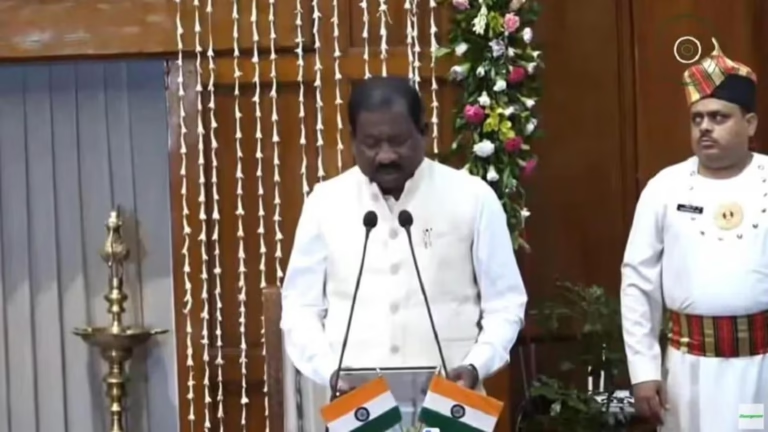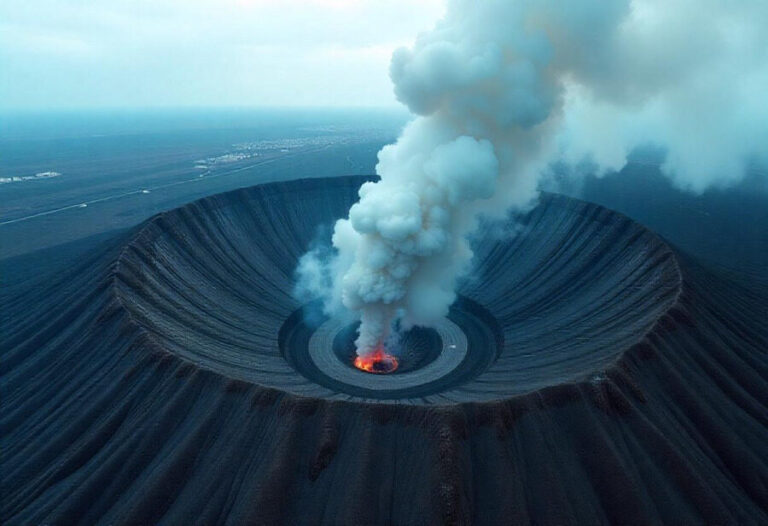Record-Breaking Diwali 2025 Business in India: Trends, Insights & Sector Analysis
Introduction
Diwali, also known as Deepavali, is India’s most celebrated festival, symbolizing the victory of light over darkness and good over evil. Beyond the cultural and spiritual significance, Diwali has emerged as a vital economic driver for India, showcasing remarkable growth in various sectors every year. In 2025, the festival’s business in India hit unprecedented levels, reflecting the resilience and dynamism of India’s retail, service, and small business sectors.
This article delves into the comprehensive overview of the business done in India during Diwali 2025. It highlights the key sectors, consumer trends, government initiatives, and the overall economic impact, providing a detailed, SEO-optimized analysis with human touch, and linking authoritative sources for a richer understanding.
Diwali 2025: An Economic Powerhouse
Record-Breaking Sales Figures
According to recent reports from the Confederation of All India Traders (CAIT) and leading financial news outlets, India’s Diwali 2025 sales have reached a record Rs 6.05 lakh crore. This figure surpasses previous years by a significant margin, demonstrating a robust festive economy powered by increased consumer confidence, government policies, and a ‘Vocal for Local’ movement.
The breakdown of these sales includes Rs 5.40 lakh crore in goods sales and Rs 65,000 crore in services, reflecting a diversified and thriving market. This surge is attributed mainly to the growing demand for Indian-made products, facilitated by GST relief measures and local manufacturing boosts.
Economic Impact and Sector Contributions
The festival’s influence extends beyond retail, significantly impacting services such as logistics, tourism, event management, and small-scale industries. The festival season created approximately 50 lakh temporary employment opportunities, especially in rural and semi-urban areas, further stimulating local economies.
Digital Transformation and E-Commerce Boom
E-commerce giants reported a surge in sales volumes, with online orders increasing by over 24%, and GMV (Gross Merchandise Value) rising by 23%. Customers increasingly preferred online platforms for convenience and attractive discounts, adding a digital dimension to the Diwali business.
Sector-Wise Business Breakdown
| Sector | Contribution to Diwali Business | Key Highlights |
|---|---|---|
| FMCG & Consumer Goods | 12% | High demand for packaged foods, cosmetics, and home cleaning products. |
| Jewelry & Gold | 10% | Gold and jewelry sales hit a new high, reflecting festive gifting and investment trends. |
| Electronics & Durables | 8% | Increased sales of household appliances, smartphones, and consumer electronics. |
| Apparel & Fashion | 7% | Festive wear, traditional clothes, and accessories especially in Tier 2/3 cities. |
| Gift Items & Home Decor | 6% | Decoratives, fireworks, diyas, and festive gifts saw a significant rise in demand. |
| Miscellaneous Goods | 19% | Toys, sweets, Puja items, and gift hampers. |
Source: CAIT Report 2025
Key Drivers of Business Growth
‘Vocal for Local’ Movement
The government’s push for self-reliance boosted local manufacturing, with 87% of consumers opting for Indian-made products. Small and medium enterprises (SMEs) benefitted greatly, with regional brands gaining recognition and market share, emphasizing quality and affordability.
GST Rationalisation & Policies
GST cuts on essential categories such as footwear, textiles, and home furnishings contributed to higher purchasing power among consumers. These measures led to a visible spurt in sales across various product segments, especially in Tier 2 and Tier 3 cities where price sensitivity is high.
Regional and Cultural Variations
Different regions displayed varied spending patterns, with North India focusing on jewelry and décor, while South India saw higher electronics and gifting expenditure. The festival continues to unify diverse cultural practices under a common economic purpose—celebration and prosperity.
Consumer Behavior and Trends in 2025
Preference for Indian-Made Goods
A significant trend was the preference for indigenous products, driven by patriotic sentiments, quality improvements, and government incentives. The demand for locally produced sweets, crafts, and textiles soared, reinforcing the ‘Make in India’ initiative.
Shift Towards E-Commerce and Digital Payments
Traditional markets still played a crucial role, but online shopping, mobile payments, and digital wallets gained prominence. Consumers used apps for price comparison, reviews, and choosing eco-friendly products, aligning with sustainability trends.
Sustainable and Eco-Friendly Buying
Eco-consciousness influenced buying decisions, with an increase in purchasing biodegradable decorations, LED lights, and cruelty-free cosmetics, favoring environmentally responsible choices.
Government Support and Policies
GST & Tax Relief Measures
GST reductions on key commodities and festive offers by the government incentivised consumption. Simplified tax procedures and digital payment incentives contributed to smooth transactions and increased business volume.
Support for Small Retailers & Artisans
To boost local artisans and small traders, government initiatives provided subsidized loans, marketing support, and accessible financing options, ensuring the growth of local micro industries during the festive season.
Promoting Sustainability
Campaigns encouraging eco-friendly celebrations, such as India’s Green Diwali initiative, helped reduce pollution and promote sustainable practices. This fostered a responsible festive atmosphere intertwined with economic activity.
Challenges and Future Outlook
Addressing Supply Chain Disruptions
Although sales soared, supply chain bottlenecks and logistic challenges persisted, particularly in rural areas. Continuous investments in infrastructure and logistics are essential to sustain growth.
Enhancing Digital Infrastructure
Expanding digital literacy and infrastructure in underserved areas will further integrate rural markets into the festive economy, promoting inclusive growth.
Long-term Growth Prospects
With a steady increase in consumer confidence, the growth trajectory for Diwali business in India remains robust, supported by government policies, technological innovations, and cultural reinforcements.
Conclusion
Diwali 2025 marked a milestone in India’s celebratory economy, with record-breaking sales across sectors and a significant shift towards local, sustainable, and digitally-enabled commerce. The festival not only symbolizes cultural unity but also amplifies India’s economic resilience and potential. As the country continues to embrace modern innovations while respecting age-old traditions, the Diwali business landscape is poised for continued expansion and inclusive growth.







